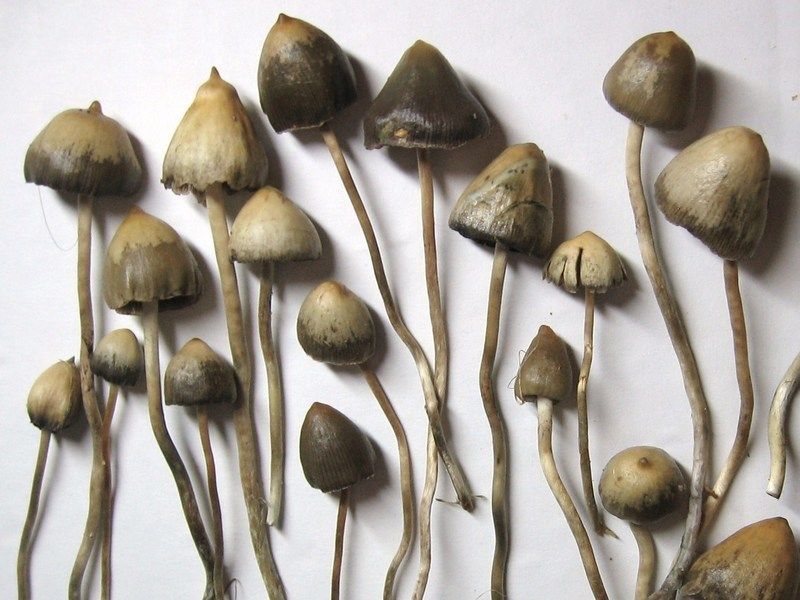|
Name: Psilocybin
Type: Hallucinogen
AKA: Magic mushrooms, shroomies, shrooms, caps

|
|
II. Natural Derivative

|
|
III. Chemical Profile (IUPAC name)

|
|
IV. History
Psilocybin, a naturally occurring psychedelic compound, has been used in traditional Mesoamerican rituals for centuries. In the 20th century, it was studied for its psychoactive effects and potential therapeutic applications in treating mental health conditions.

|
|
V. Legal Information
Psilocybin is a naturally occurring psychedelic found in certain mushrooms. Its legal status varies widely; it is a Schedule I controlled substance in the United States but is undergoing legal reforms in some regions, such as Oregon and Canada, where its therapeutic use is being explored. [Source: UNODC].
US Federal Schedule - I
Schedule I drugs, substances, or chemicals are defined as drugs with no currently accepted medical use and a high potential for abuse. Some examples of Schedule I drugs are: heroin, lysergic acid diethylamide (LSD), marijuana (cannabis), 3,4-methylenedioxymethamphetamine (ecstasy), methaqualone, and peyote.
Key US Federal Policies:
Controlled Substances Act. Public Law: Public Law 91-513 (text can be found on GovInfo) (https://www.dea.gov/drug-information/csa). Date enacted: October 27, 1970.
|
|
VI. Physical Effects
Psilocybin is a naturally occurring psychedelic compound found in certain mushrooms. It induces altered states of consciousness, visual hallucinations, and changes in perception. Short-term use can result in profound psychological experiences, while long-term use may be associated with psychological risks and potential for hallucinogen persisting perception disorder (HPPD). Overdose risks are low, but improper use can lead to severe psychological distress. Safe use involves careful dosing and a supportive environment. Recent research focuses on its therapeutic potential and risks.  |
|
VII. Psychological Effects
Psychological effects of psilocybin include euphoria, hallucinations, altered thinking processes, and spiritual experiences. Users may experience changes in perception of time and space, and heightened introspection.
 |
|
VIII. Culture
Psilocybin, found in certain mushrooms, has been used for centuries in various indigenous cultures for spiritual and religious ceremonies. It is notably used by indigenous tribes in Mexico and Central America. In modern culture, psilocybin has gained attention for its potential therapeutic benefits in treating mental health disorders. Proponents include researchers and mental health advocates, while opponents express concerns about its safety and potential for misuse. Its cultural significance spans traditional spiritual use and contemporary therapeutic applications, reflecting an evolving understanding of its effects and benefits.
 |
